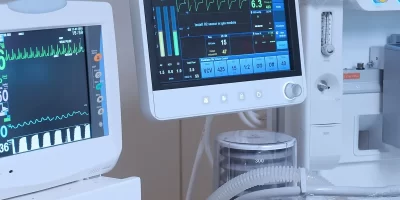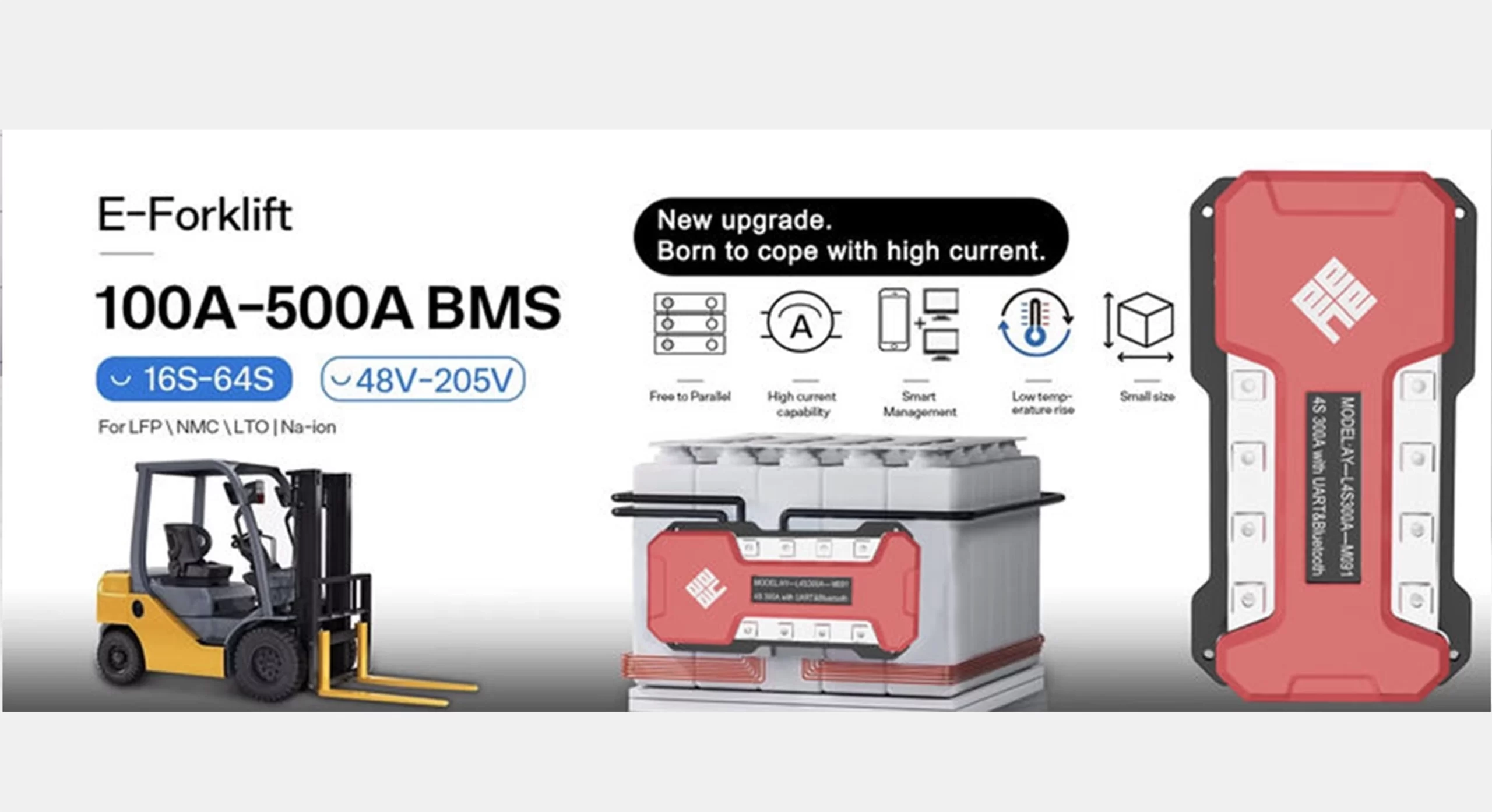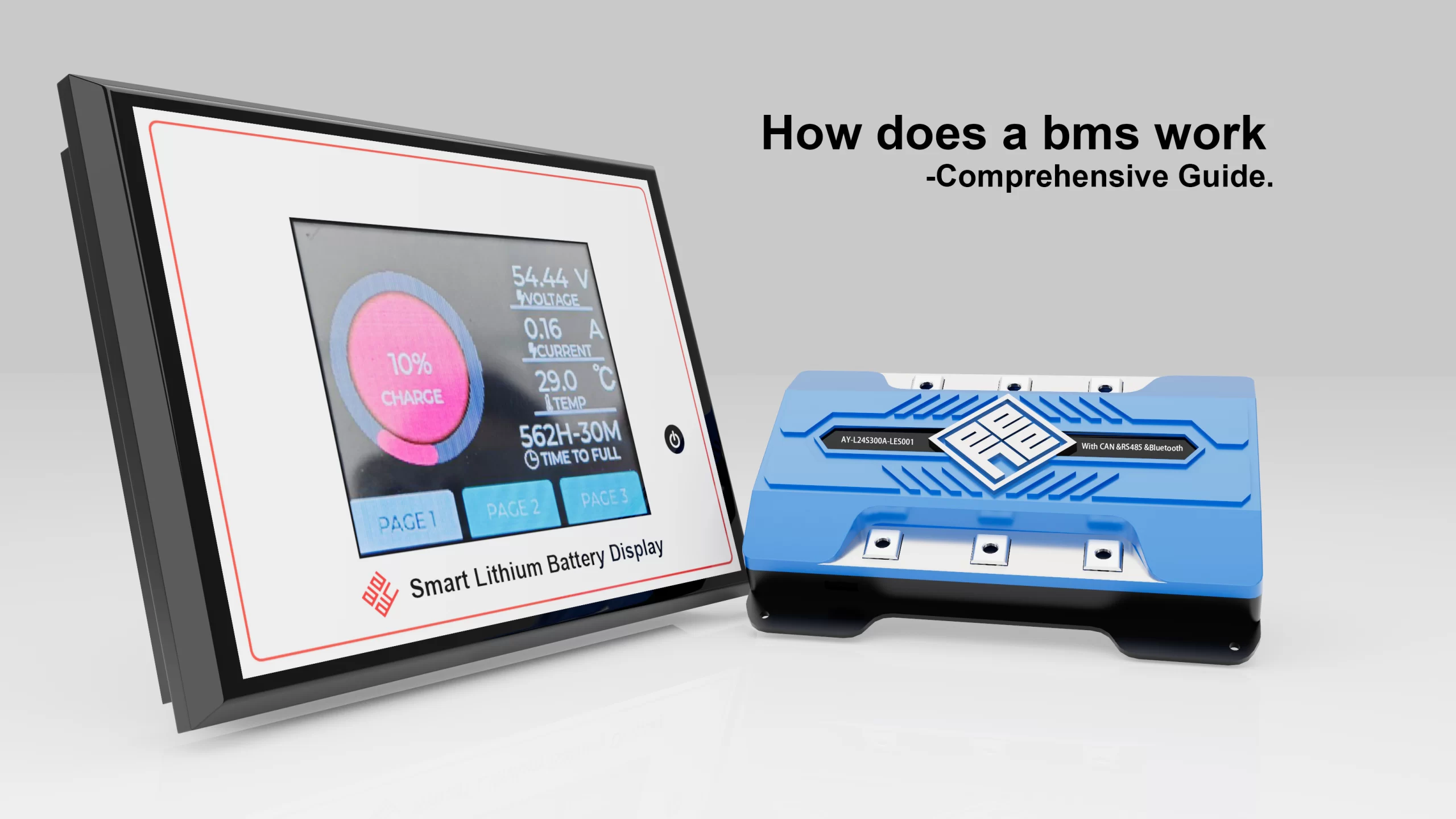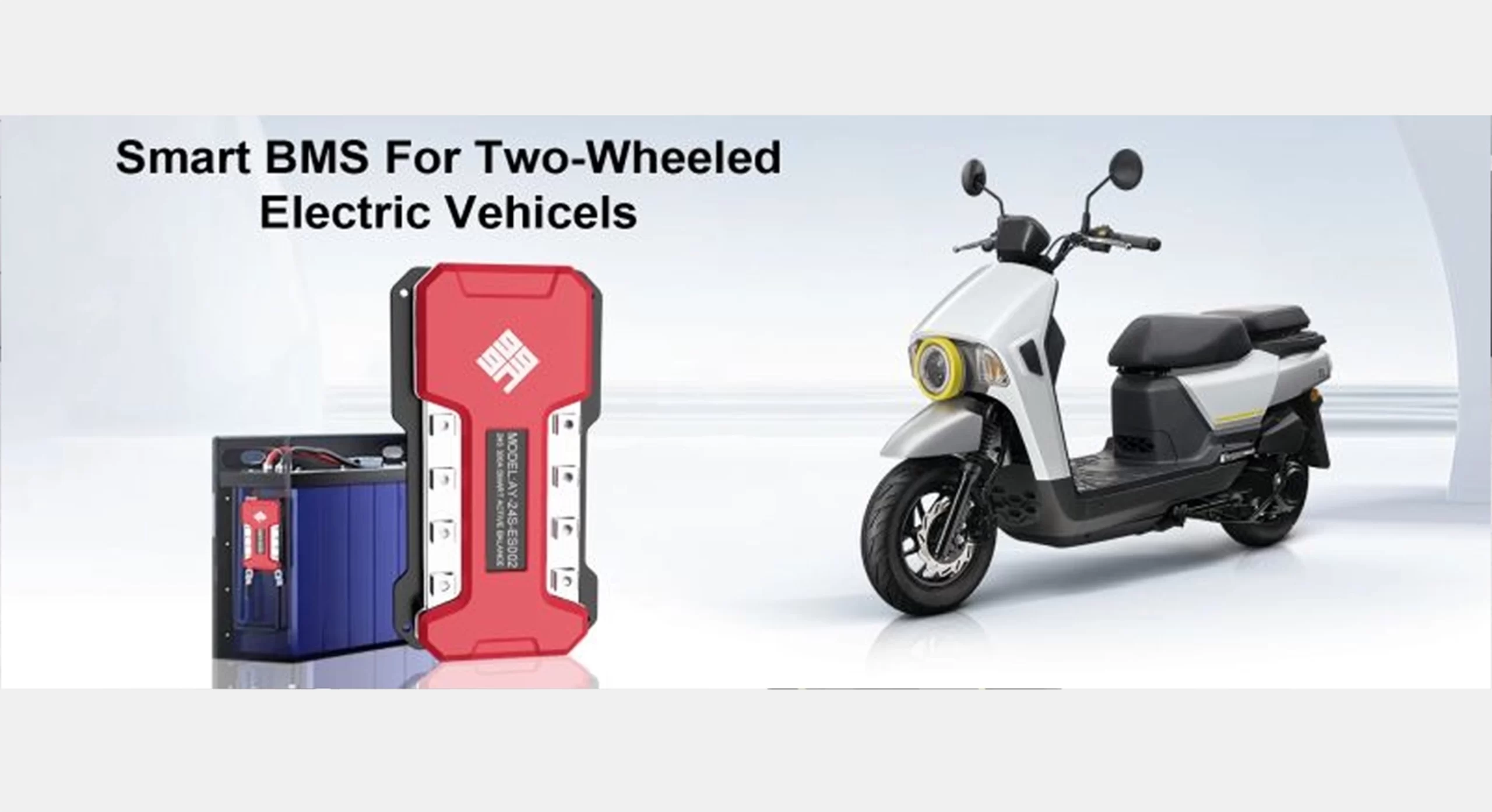ホームページ About Us EVENTS & NEWS The Rise of Smart Grids: Why Battery Management System Solutions Are Essential
The Rise of Smart Grids: Why Battery Management System Solutions Are Essential
The Rise of Smart Grids: Why Battery Management System Solutions Are Essential
There has never been a greater serious demand for intelligent and effective power management due to the quick changes in the global energy landscape.
The foundation of a sustainable energy future is more smart grids. For instance, improving grid resilience, handling complicated loads, and smoothly integrating renewable energy.
At the core of this change are BMS solutions, a crucial technological advancement that guarantees the safe, effective, and dependable operation of batteries, the foundation of contemporary energy systems.
From consumer electronics and electric vehicles (EVs) to energy storage systems at the home and commercial levels, these solutions are crucial in a variety of applications.
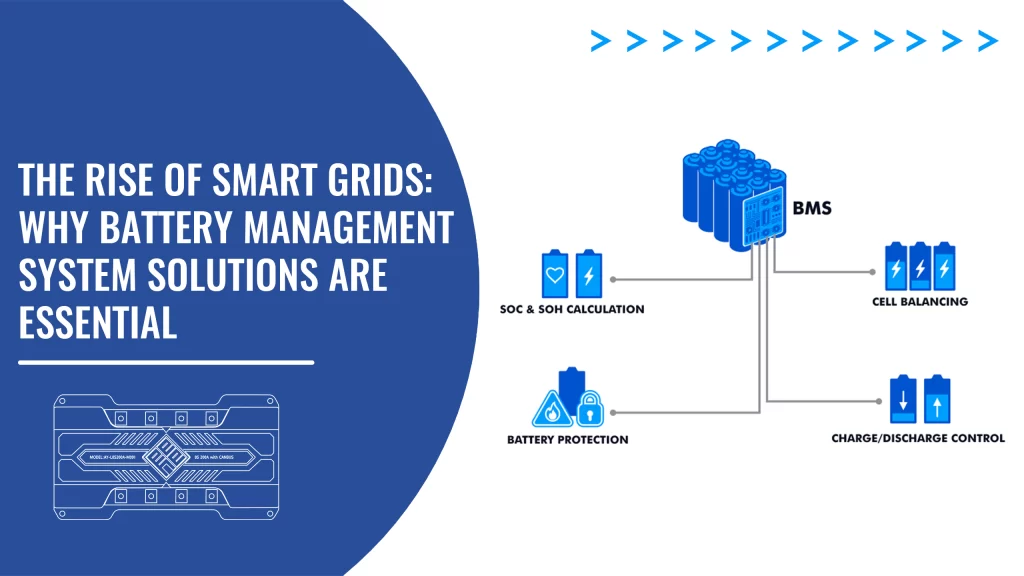
What Are Battery Management System Solutions: Core Functions and Importance
As global energy demand soars and grid-connected renewable energy becomes mainstream, battery performance control have become indispensable tools for ensuring the reliability and efficiency of energy storage.
BMS is a technology that monitors, controls, and protects battery packs to ensure that they operate within optimal parameters.
These systems regulate key factors such as voltage, current, and temperature and implement safety features to prevent hazards such as overcharging, overheating, or deep discharging.
But BMS solutions go far beyond protection.
They play a key role in optimizing battery performance and extending battery life, making them critical to any high-performance battery application.
Whether it’s an electric vehicle (EV), a home battery storage system, or an industrial-scale energy storage system, BMS technology is the brains behind the battery.
It is used to ensure intelligence, efficiency and safety at every level.
The Structure of Battery Management System Solutions: Core Components Explained
To understand how a BMS solution works, it is critical to understand its internal architecture.
A typical BMS contains several basic components:
· Battery Monitoring Unit (BMU): It measures the battery voltage, temperature, and sometimes current.
It sends the data to the controller for analysis.
· Control Unit: Process incoming data and make real-time decisions on system operations and security protocols.
· Communication Module: Enables data exchange between the BMS and external systems such as the EV central computer or energy management platform.
Software and hardware must cooperate closely.
Raw data is provided by hardware sensors, and sophisticated algorithms are used by embedded software to interpret the data, issue commands, and provide reports.
The key to effective battery management is this synergy.
How Battery Management System Solutions Work: From Monitoring to Optimization
The operational logic of a battery management system solution begins with accurate data collection.
The voltage, current and temperature of each cell are continuously tracked.
Based on this, advanced algorithms calculate:
· State of Charge (SOC): How much charge remains in the battery.
· State of Health (SOH): The battery’s overall condition and aging level.
· State of Power (SOP): How much energy can be safely withdrawn or stored at any one time.
Another core function is battery balancing, where the BMS ensures that all battery cells are charged and discharged evenly to prevent damage and maximize performance.
Combined with dynamic charging and discharging strategies, this ensures stable and optimal battery operation in a variety of scenarios.
Application Scenarios: From Electric Vehicles to Energy Storage Systems
Battery management system solutions are available for a range of industries:
· Electric Vehicles (EVs): The core of EV performance and safety is BMS technology.
It enhances energy efficiency and range prediction in addition to protecting the battery.
· Home & Industrial Energy Storage: BMS enables grid stabilization and appropriate integration with renewable sources in systems such as Tesla Powerwall or commercial energy banks.
· Consumer Electronics: Devices such as smartphones and laptops also use miniaturized BMS to prevent overheating and degradation of battery performance.
These applications are connected in smart grids.
Reliable battery management systems enable intelligent regulation of energy flow between EVs, residences, and grid storage.
Key Features: Why Battery Management System Solutions Are Indispensable
What makes a battery management system solution indispensable is its powerful functionality:
· High-Precision Monitoring: Safe and effective functioning is ensured by accurate voltage, current, and temperature monitoring.
· Smart Algorithms: Estimating SOC and SOH helps in dynamic energy decisions, which are crucial for grid storage and EVs in particular.
· Comprehensive Protection: Battery failures are avoided before they occur because to built-in protections against over-voltage, under-voltage, over-current, and heat events.
These features not only improve performance, but also greatly enhance user safety and energy efficiency.
Usage Considerations: Ensuring Safe and Efficient Operation
In order to maximize the value of a battery management system solutions, proper installation and operation is essential.
Safety measures should always be prioritized:
· Fire and Overcharge Protection: Use certified systems and follow installation guidelines to prevent catastrophic failures.
· Avoiding Common Pitfalls: The system may be compromised by misaligned sensors or malfunctioning communication links.
Testing must be done on a regular basis.
· Environmental Considerations: System performance may be hampered by extremes in temperature, humidity, or heat.
When required, make use of temperature control systems and protective enclosures.
Adherence to these guidelines ensures safer, more sustainable, and more efficient BMS deployments.
Maintenance Tips: Extending the Life of the Battery System
Continuous maintenance is essential to preserving BMS solutions’ functionality. Important procedures consist of:
• Routine checks: Regularly check connections, sensors, and data accuracy.
• Software updates: Manufacturers frequently release firmware updates to fix bugs or enhance performance—applying these updates can expand system capabilities.
• Performance tuning: Adjusting algorithm thresholds or balancing strategies based on actual usage patterns can optimize results over time.
With proper maintenance, a BMS can continue to provide efficiency and safety for many years of operation.
Future Trends: Where Battery Management System Solutions Are Heading
Technology is rapidly evolving and BMS solutions are no exception.
Key upcoming innovations include:
· Artificial Intelligence (AI): AI-powered models can dynamically optimize performance, anticipate battery failures, and adjust to usage patterns in real time.
· Wireless Monitoring: Wireless BMS systems reduce wiring complexity and increase scalability, especially in modular energy systems.
· Eco-Friendly Designs: New materials and sustainable production methods are reducing the environmental impact of battery and BMS components.
BMS technologies are developing together with smart grids to meet increasingly complex and dynamic energy landscapes.
Economic and Environmental Value: A Smart Investment
Advanced BMS technology offer clear advantages from a cost and sustainability perspective:
· Cost Efficiency: By extending battery life and preventing damage, the BMS system reduces replacement costs and downtime.
· Environmental Impact: A greener future can be made possible by efficient battery use, which reduces the number of batteries that end up in landfills and improves recycling.
· Real-World Results: Strong BMS deployment enhances battery longevity, system safety, and customer satisfaction, as shown by companies such as BYD and Tesla.
In addition to renewable energy, smart grid infrastructure relies on intelligent, dependable storage, which is where BMS shines.
FAQ
Q: How to work a BMS system?
A: A BMS system uses interconnected hardware and software components to collect data from sensors and equipment in buildings, process it centrally.
And then issue commands to control building systems based on user inputs and predetermined criteria.
Q: What is the most common BMS system?
A: What are the most common types of Building Management Systems (BMS)?
Among the most widely used BMS types are those based on the Niagara framework.
Q: How does a BMS work?
A: It uses a transistor switch and a suitable discharge resistor in parallel with each cell while keeping an eye on each one.
The BMS will redirect excess current to the next cell below in a top-down manner when it detects that a particular cell is getting close to its charge limit.
Q: What is the difference between PCM and BMS battery?
A: Similar to PCMs, battery management systems (BMS) provide more extensive features for tracking a battery’s condition.
It has an intelligent software-integrated microcontroller that can compute and interpret various battery measurements, such as SOC (State of Charge) and SOH (State of Health).
Q: How do I choose a BMS?
A: Selecting a BMS with an amp rating that can manage your battery system’s maximum current input and output is essential.
Exceeding this rating may cause the BMS to break down or sustain damage.
Future expansion is frequently overlooked when sizing a BMS.
BMS solutions are emerging as the foundation of this new energy paradigm as smart grids reshape how we generate, store, and use electricity.
They are not only relevant, but also essential because of their capacity to guarantee security, enhance efficiency, and promote sustainability.
The BMS is at the core of the intelligent energy of the future, whether it be in automobiles, residences, or entire cities.








